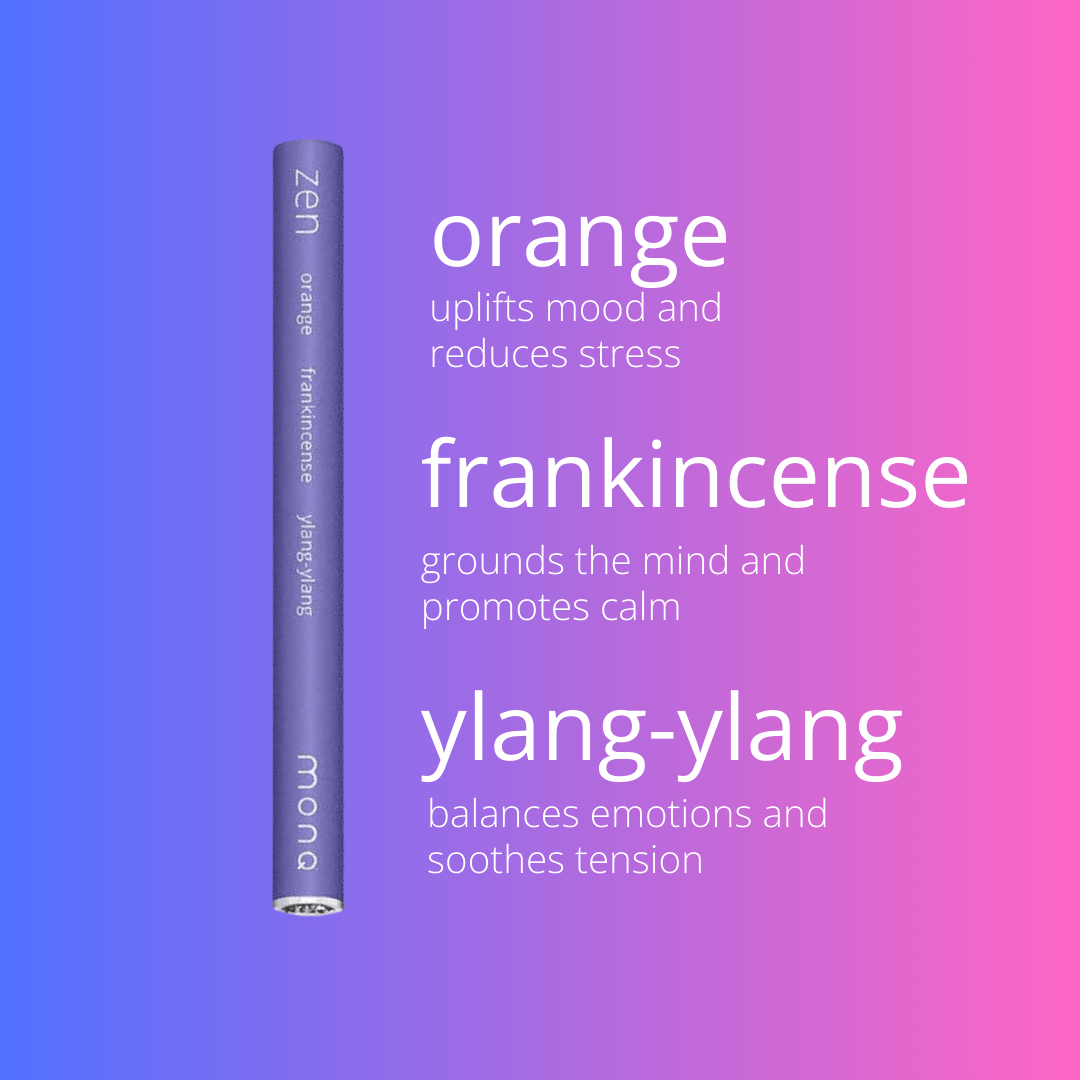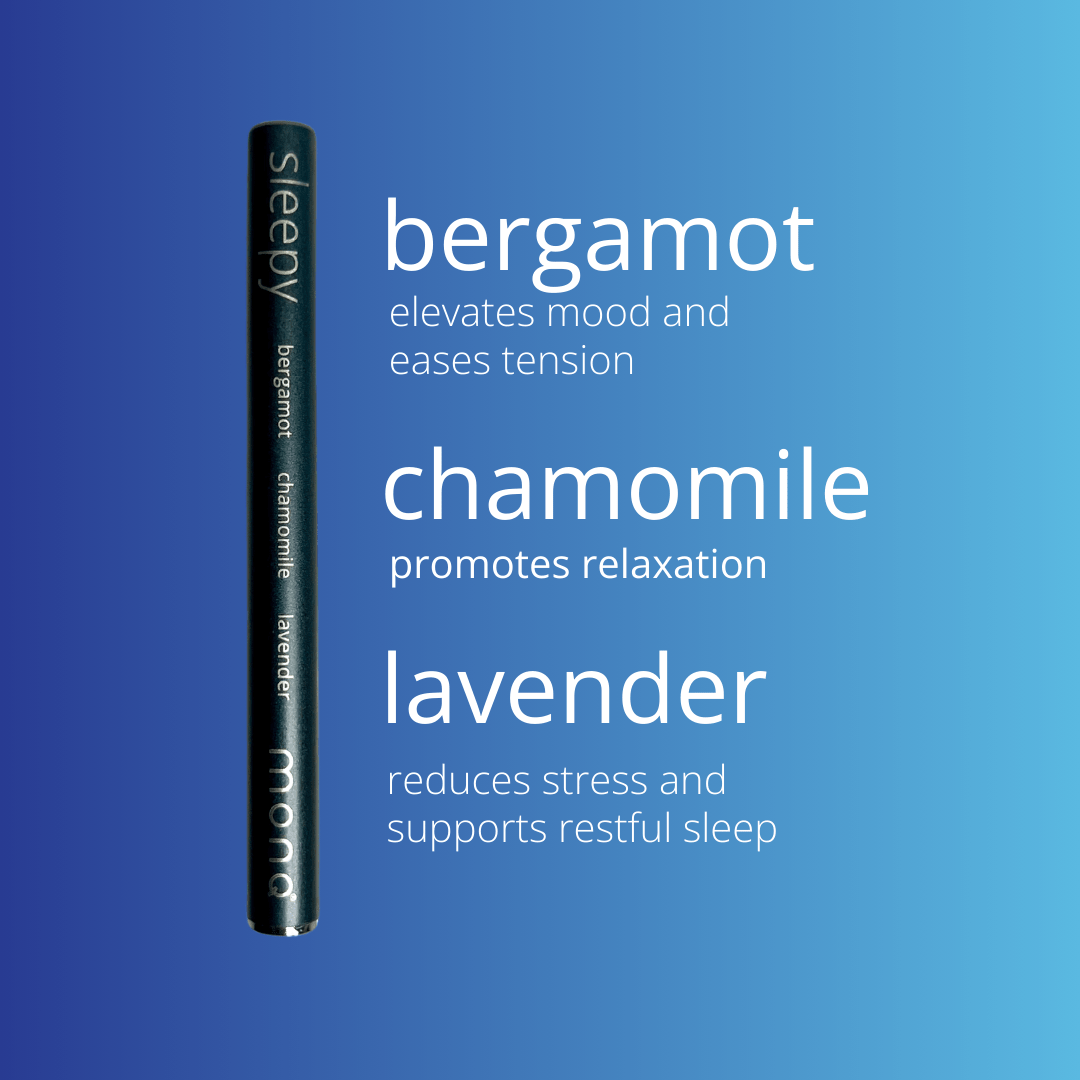Sandalwood: A Treasure of Nature and Culture

Dive into the enchanting world of sandalwood, a fragrance that has captivated the senses and souls for centuries. Its tantalizing scent and intricate wood carvings have made it a sought-after resource worldwide, from perfumes to spiritual rituals.
The Aromatic Legacy of Sandalwood
This illustrious wood, ranking as one of the priciest, emanates from the heartwood of the tree. This distinct aroma has, unfortunately, made sandalwood vulnerable due to its popularity. In response, India, which reveres this tree deeply, has established conservation measures, only allowing harvesting under specific conditions.
A Peek into the Tree's Past
Originating from Oceania, South Asia, and the South Pacific, the Sandalum album, or the sandalwood tree, flaunts bright green leaves and a reddish-brown bark. Its purple-brown flowers are scentless, quite unlike its famous heartwood. Flourishing best in dry, rocky terrains, sandalwood relies on trees like Indian Beech and Indian Rosewood.
India's history with sandalwood goes back over 5000 years. From the intricate carvings of gods and mythological figures to the creation of boxes and jewelry cases, its wood has been an artisan's delight.
Sandalwood in Spiritual Realms
Its aroma has been an integral part of various religious ceremonies. In Hindu rituals, sandalwood chips mixed with water and saffron create an incense that fills the air, setting a serene ambiance for devotion. In Buddhist traditions, burning sandalwood incense encourages mindfulness and symbolizes an offering to Buddha. Today, its calming fragrance is adored in places like Japan, China, and India.
In the West, even without the deep-rooted religious connections, sandalwood is embraced for its soothing and peaceful aura.
A Glimpse into Sandalwood's Traditional Uses
Historically, sandalwood oil was a staple in Ayurvedic, Tibetan, and Chinese traditions. From topical applications for skin concerns to its use in various cultural remedies, sandalwood has always been revered for its beneficial properties.
The Essence of Sandalwood: Its Oil
This golden-hued oil, steam-distilled from sandalwood, is rich in unique compounds, giving it its characteristic scent. Celebrated for its varied properties, the oil can be applied topically for skin wellness or diffused for a tranquil ambiance. However, always consult a health expert before ingesting or using it in new ways.
Unleashing Sandalwood's Potential:
- Immerse in a sandalwood-infused warm bath for a serene end to your day.
- Enhance your skincare routine by adding a hint of this oil for clearer skin.
- Transform your living space's vibe by diffusing its essence.
- For those sore muscles, blend it with a carrier oil and gently massage.
Wrapping It Up
With its mesmerizing scent and rich history, sandalwood remains a timeless gem. Always ensure your sandalwood products are ethically sourced. From setting a serene ambiance to rejuvenating your skin, sandalwood continues to enchant its users, making it an aromatic treasure for generations to come.








Leave a comment